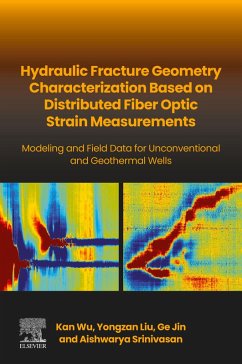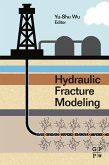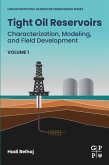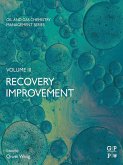The reference reviews different fiber optic-based temperature, acoustic, and strain measurements for monitoring fracture behaviors and includes advantages and limitations of each measurement, giving engineers a better understanding of measurements applied in all types of subsurface formations. Stress/strain rate responses on rock deformation are given a holistic approach, including guidelines and an automatic algorithm for identification of fracture hits. Last, a novel inversion model is introduced to show how fracture geometry can be used for optimization on well placement decisions. Supported by case studies, Hydraulic Fracture Geometry Characterization from Fiber Optic-Based Strain Measurements gives today's engineers better understanding of all complex subsurface measurements through fiber optic technology.
- Examine the basics of distributed fiber optic strain measurements
- Conduct a detailed analysis of strain responses observed in both horizontal and vertical monitoring wells
- Present a systematic approach for interpreting strain data measured in the field
- Highlight the significant insights and values that can be derived from the field measured strain dataset
- Support monitoring and modeling for subsurface energy extraction and safe storage
Dieser Download kann aus rechtlichen Gründen nur mit Rechnungsadresse in A, B, BG, CY, CZ, D, DK, EW, E, FIN, F, GR, HR, H, IRL, I, LT, L, LR, M, NL, PL, P, R, S, SLO, SK ausgeliefert werden.









